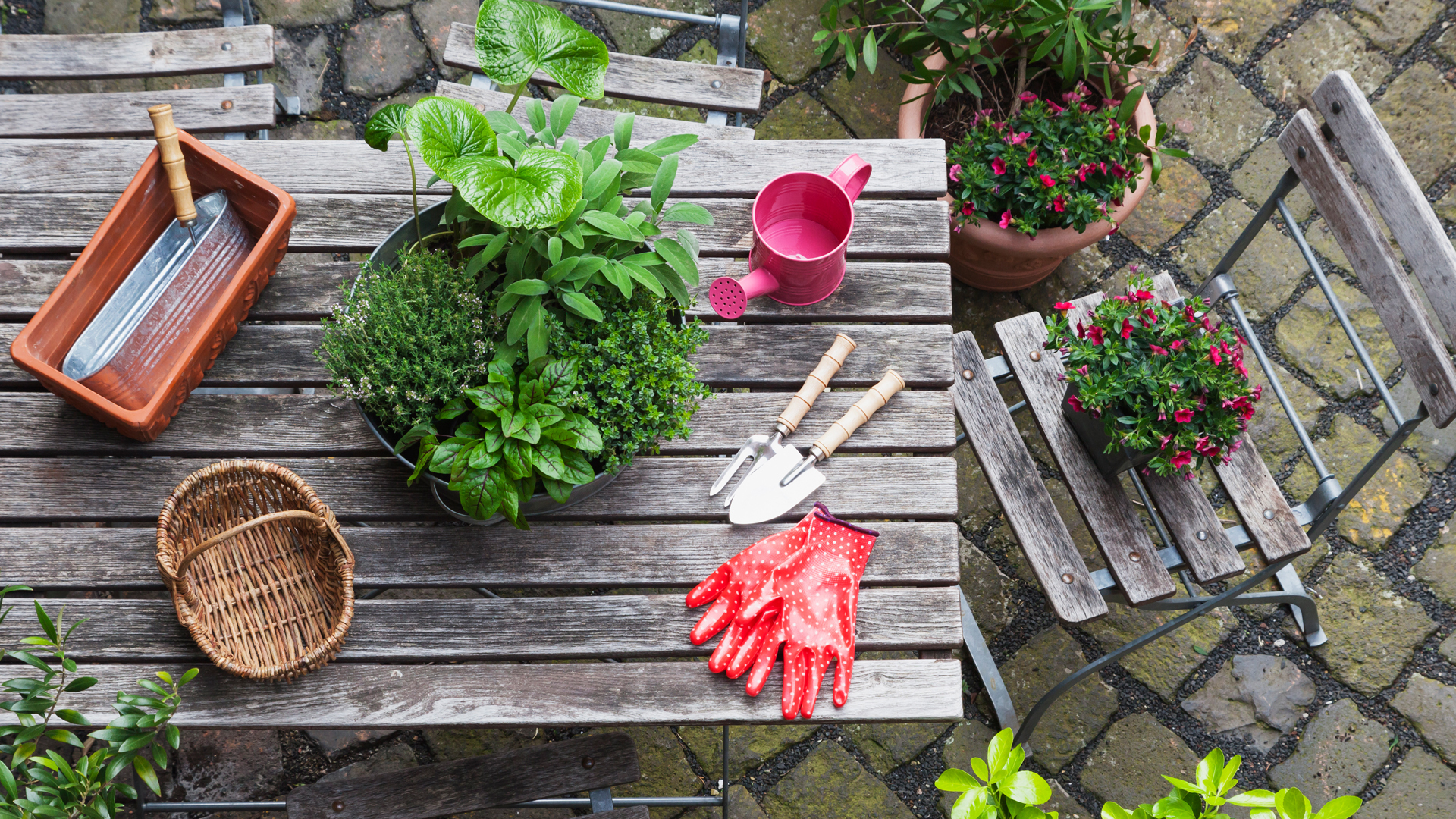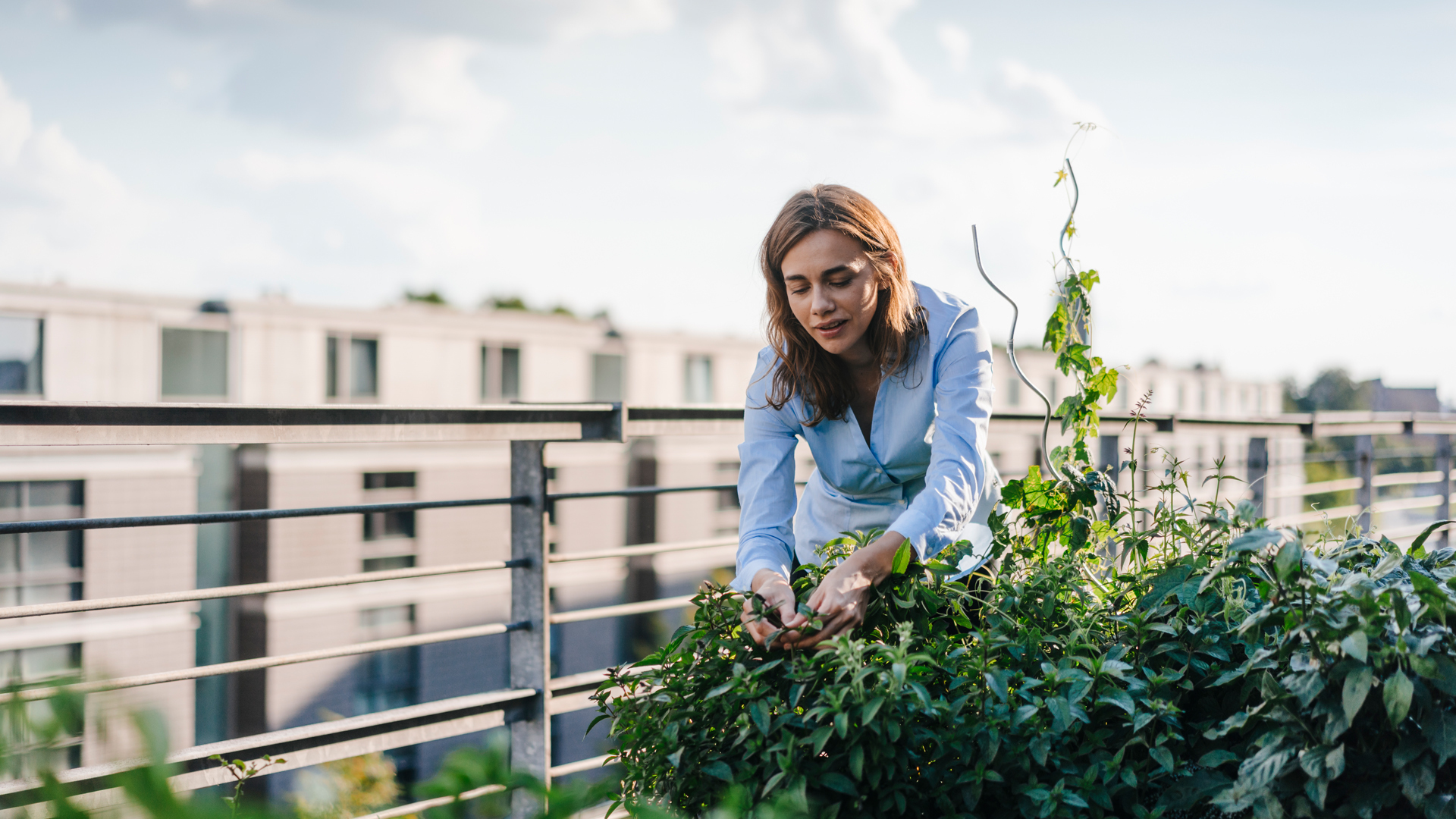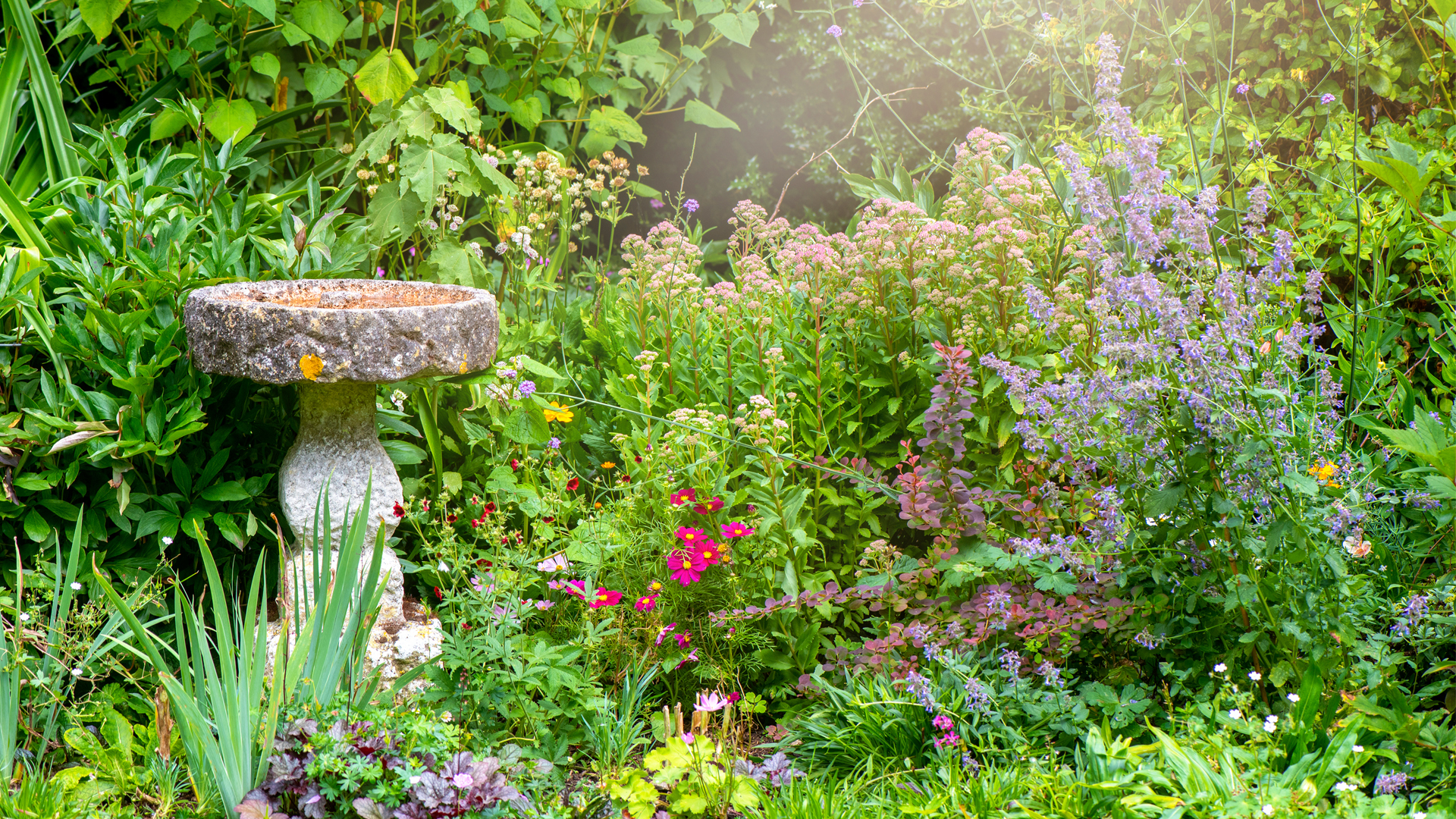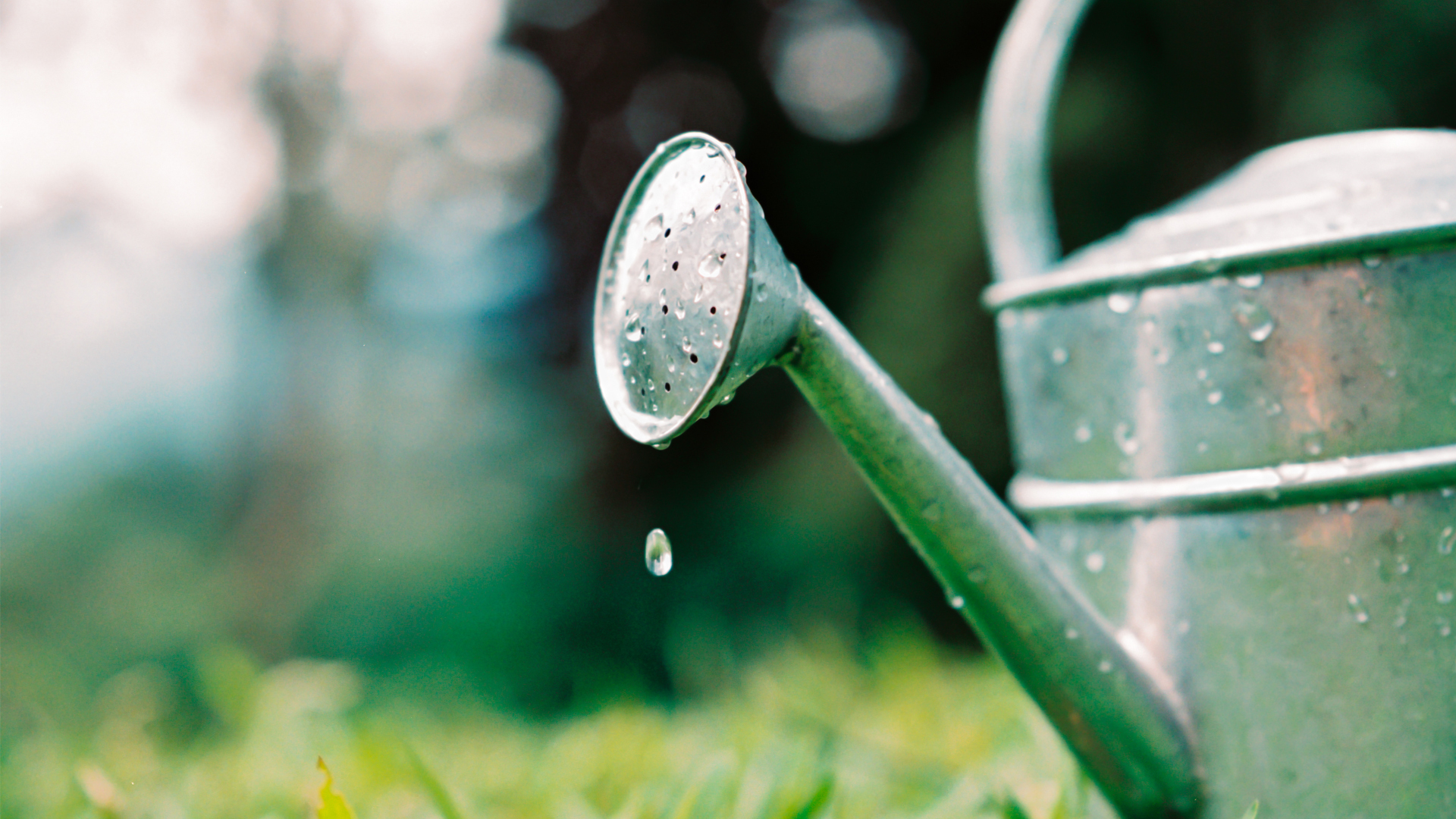Sustainable gardening: what is it and how to achieve it
With sustainable gardening, you can do something positive for the planet in your own backyard.

Sustainable gardening is a chance to combine an activity that’s excellent for your wellbeing with a more viable approach to living. Defined by practices that promote the protection of the environment, such as recycling and repurposing, sustainable gardening is becoming more popular than ever, especially in the wake of the pandemic, as people spend more time in their outdoor spaces. As well as helping your backyard thrive, sustainable gardening is an excellent contribution to the chances of future generations. In essence, it allows you to play a small part in fighting climate change from the quiet of your own space.
If you’re wondering how you can get involved in sustainable gardening, then you’re in the right place, as we’ve got a number of tips and plenty of helpful advice to get you started. If you’re already eyeing up gardening tools for the next outdoor season, then one crucial step is to invest in one of the best electric lawn mowers, especially zero-emission battery-powered models. For more help with your outdoor space, check out our feature on the 10 must-have gardening gadgets.
What is sustainable gardening?
Sustainable gardening is creating an outdoor space that has the smallest negative impact on the environment possible while nurturing your local ecosystem in the process. Importantly, it’s not just constrained to the classic backyard setup, with the opportunity to get involved with gardening on balconies, in community gardens, or even on roof gardens if you’ve got one. Through sustainable actions, such as growing flowers, tending to native soil, conserving water, and growing your own produce, your garden will contribute to a brighter environmental future for generations to come.

How can you apply sustainable gardening to your backyard?
If you’re raring to get stuck into sustainable gardening but not quite sure where to start, then the good news is that there are plenty of small initial steps. However you begin, make sure your gardening incorporates the ideas that are essential to sustainability: cutting down on waste, reusing and repurposing materials, and letting natural environments thrive.
Prioritize natural products
An easy first step you can make in your garden is to cut out artificial products and pesticides that might be having a harmful effect on the surrounding ecosystem. It’s been suggested that certain products, such as weed killers, can affect the health of insects, including honeybees according to the Yale School of Environment, which are a crucial aspect of the environment that we need to protect. By ditching these chemicals, you’ll allow the soil in your garden to operate naturally and set the foundations for a more eco-friendly garden.
To move toward a more sustainable garden, look for more natural alternatives for your gardening tasks. For weed killers, you can use boiling water on lower-level plants to drive them out or concoct an alternative spray-on solution yourself. Popular combinations often involve lemon juice, saltwater, or baking soda, though all (especially salt) should be used in a way that’s mindful of the life of the plants around the weeds, and reapplied as they won’t be quite as potent as the commercial mixtures.
There’s also plenty of opportunity for homemade fertilizers, or compost, to be made that can contend with the chemicals you might usually buy from the store. That includes grass clippings, tea from weeds, coffee grounds, and banana peels. All of these hold their own power in helping your soil grow nutrient-rich and ready for planting. They also help you get one step closer to a zero-waste home, as you can repurpose your food waste.
Sign up to receive the latest news, reviews, buying guides and deals direct to your inbox

Look after your soil
It’s no understatement to say that soil is one of the key areas for sustainable gardening. In fact, soil is one of the largest stores of carbon on the planet and is crucial in the battle against climate change, as well as vital for human wellbeing. So how can you help this all-important aspect of your garden? Well, the first thing you can focus on is giving more of your garden space over to soil, rather than paving or building on the ground. Once you’ve maximized your soil space, you can take further steps to enrich it.
That includes planting deep-rooted plants to increase the depth of your soil and avoiding cultivation to allow them to have a chance to settle. Overworking your garden with machinery such as riding lawn mowers can disrupt your soil if the grass is cut too short, so make sure to retain a healthy lawn height too.
Plant native flowers, plants, and trees
Another way to promote the health of your garden, the local ecosystem, and biodiversity is to seek out and plant species native to the area in which you live. This in turn will attract all kinds of wildlife to your space, allowing butterflies, moths, caterpillars and so much more to flourish. Using the Native Plant Finder tool, you can search for specific varieties that are suited to the zip code you live in, and begin your journey into finding the right sort of plant life for you.
Native plants are also likely to be easier to grow and sustain in your garden than other species, as they’re already suited to the conditions, including climate and rainfall, that they find themselves in. Alongside plants, why not get involved in planting trees in your outdoor space? The simple act of planting a tree can help store carbon from the atmosphere into your soil, as well as looking lovely in your garden.
Growing your own produce in your backyard is another excellent way to get involved with sustainable gardening if you have the space. Whether it’s strawberry plants, herbs, or peas, creating meals with your own produce reduces your carbon footprint, and is an excellent way to encourage younger family members to get involved with gardening.

Reuse rainwater within your garden
Reestablishing your water source by collecting rainwater in your garden is an excellent yet simple way to be more sustainable. Turn off your tap and instead use barrels like these from Wayfair or other large containers to catch rainwater. Alternatively, you can purchase rainwater terraces and repurpose rainwater straight away to water your flowers, with a system that doesn’t waste a drop, like this one from Amazon.
Beyond collecting rainwater, the installation of a water feature in your garden can also do wonders for the surrounding ecosystem. Ponds can provide a home for certain insects and frogs and even the shallowest water can double up as a bathing space for birds and other mammals.

Upcycle garden furniture
While being conscious of your garden’s potential for sustainability, it’s understandable that you’ll also want to take pride in your space, and create areas for relaxation and leisure. While doing so, why not try and upcycle or repurpose materials from your home to prevent waste? You can start small by placing some of the best solar lights in mason jars or by creating DIY planters from unused plastic. Or if you’re feeling a little more adventurous, you can use tree branches and scrap wood to create fences, furniture, and other garden centerpieces to brighten up your space.
Molly is the Staff Writer for the Home Section at Top Ten Reviews, joining the team after finishing college. When she's not writing she enjoys baking and embroidery, as well as getting stuck into a good book. She now enjoys writing about kitchen appliances, gardening tools, and will even dip her toe into writing about fridges and ovens.

